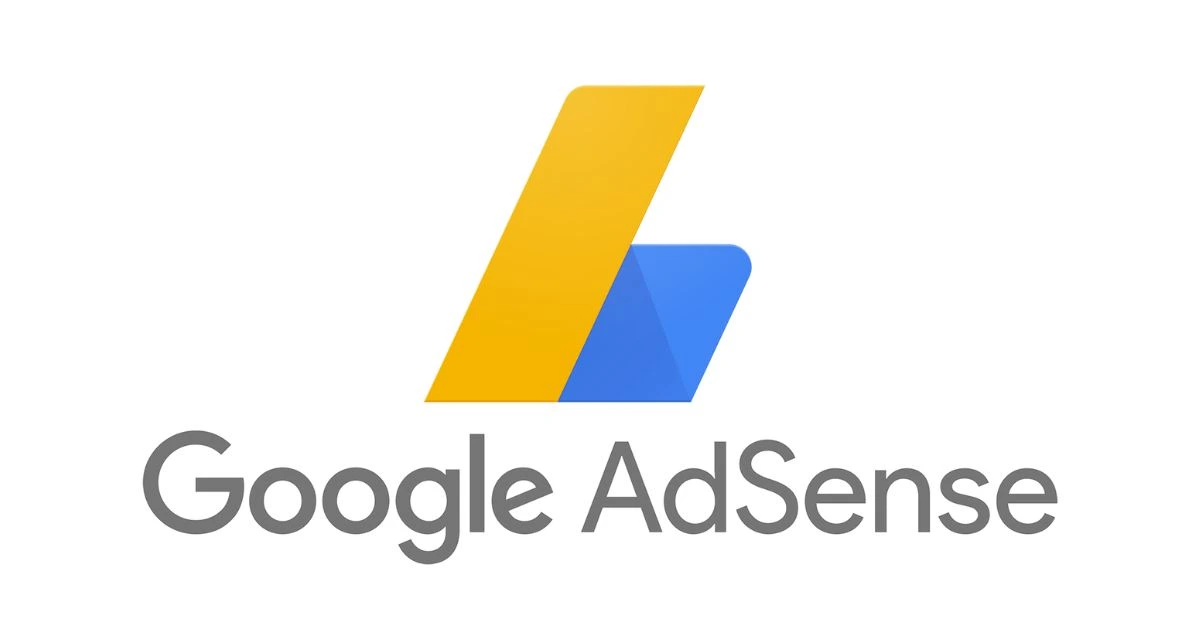What is Google Adsence?
Google AdSense is a free and easy way for website owners to earn money by displaying ads on their sites. When you sign up for AdSense and get approved, you add a small piece of code to your website. Google then automatically shows ads that are relevant to your site’s content and visitors. These ads come from advertisers who bid to place their ads on websites like yours. You earn money either when visitors click on these ads (cost-per-click) or simply when ads are viewed (cost-per-thousand impressions). AdSense makes it simple because Google handles all the ad selection, targeting, and payments for you. This means you don’t have to find advertisers or manage ads yourself.
Table of Contents
Introduction to Google AdSense
Google AdSense is a great way for website owners to make money by showing ads on their sites. It connects website publishers with advertisers, so you earn money whenever visitors see or click on the ads. Google uses smart technology to show ads that match your site’s content and your visitors’ interests, which helps increase engagement. To start using AdSense, you just add a small piece of code to your website, and Google takes care of choosing and displaying ads from its large group of advertisers. You can use various types of ads, including pictures, text, and interactive media. Your earnings depend on factors such as your website traffic, ad placement, and the amount advertisers are willing to pay.
How Google AdSense Works
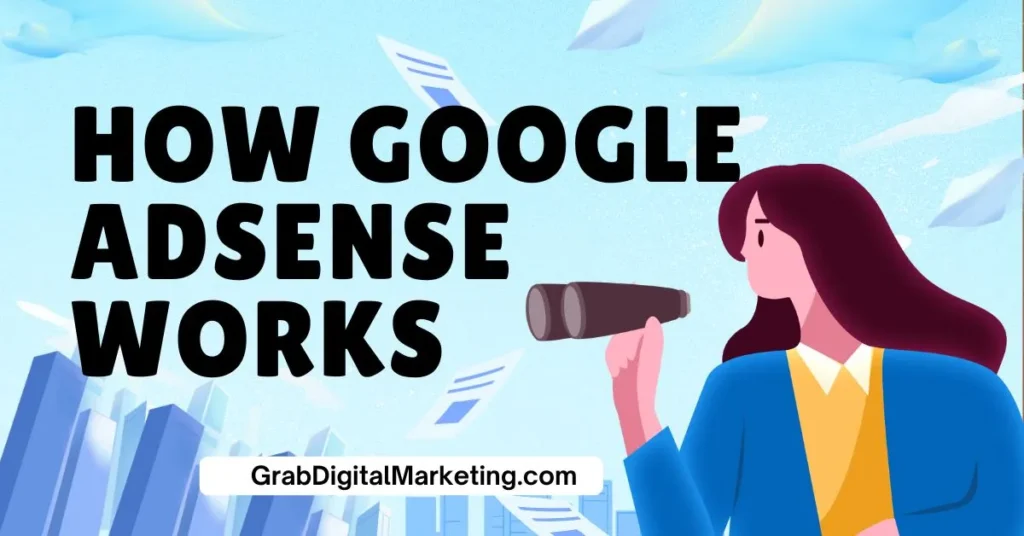
Using Google AdSense is pretty simple and involves a few key steps:
- First, you create an AdSense account and submit your website for review. Google checks to make sure your site follows its rules before approving you.
- Once approved, you can make different types of ads in various sizes. Google gives you a small piece of code that you add to your site where you want the ads to show.
- When people visit your site, Google automatically displays ads that match your content and their interests. You earn money whenever visitors see these ads or click on them.
- Google pays you every month as long as your earnings reach a minimum amount, usually $100. This way, you can start earning money from your website traffic without any complicated setup.
Types of Ads Offered
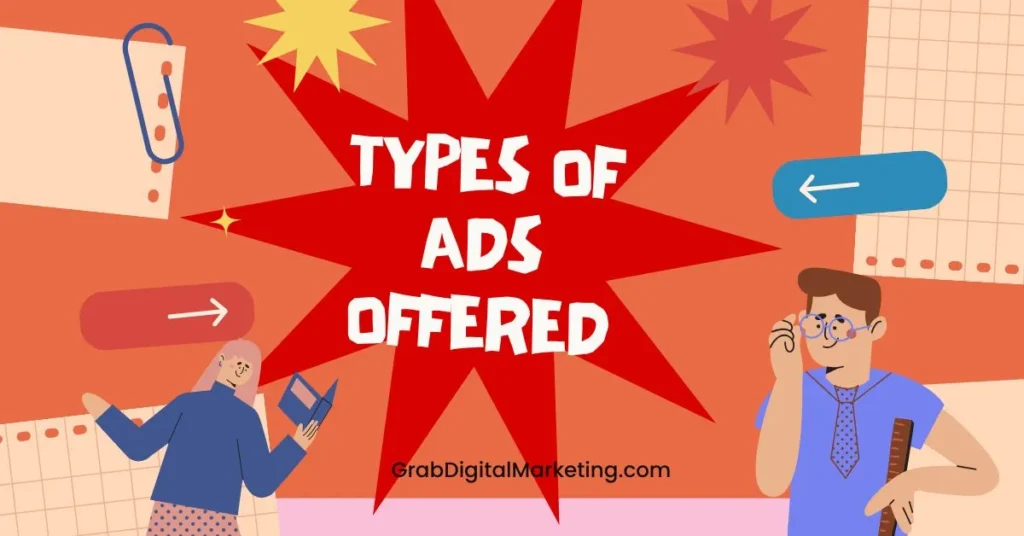
Google AdSense offers different types of ads to help website owners earn money in a way that fits their site and audience. Here are some common types of ads you can use:
- Display Ads: These are the classic ads with images or text that appear in different sizes on your website. They are responsive, which means they adjust to fit the screen size, whether visitors are on a phone, tablet, or desktop.
- In-article Ads: These ads appear within the content of your articles, blending nicely with the text so they don’t disrupt the reading experience. They match the style of your site and are less intrusive.
- In-feed Ads: These ads show up inside lists or feeds, like a list of articles or products, and look like part of the content. This makes them feel more natural and encourages visitors to engage with them.
Benefits of Google AdSense
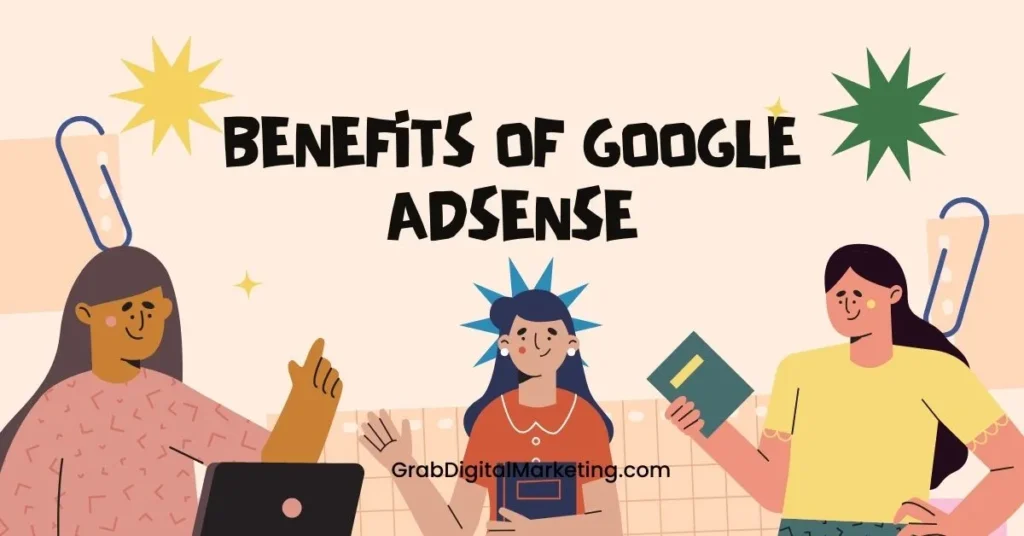
Google AdSense offers several key benefits that make it a popular choice for website owners wanting to earn money from their content:
- Easy to Use: AdSense is very user-friendly. Setting up an account and adding ads to your site is simple, even if you’re not tech-savvy. Google handles the ad selection and delivery for you, so you don’t have to worry about finding advertisers.
- Monetize Any Size Website: Whether you run a small blog or a large news site, AdSense allows you to earn money based on your site’s traffic. Even smaller sites can generate revenue, making it accessible for everyone.
- Relevant Ads for Visitors: Google uses intelligent targeting to show ads that match your website content and your visitors’ interests. This increases the chances that people will notice and engage with the ads, improving your earnings.
- Flexible Ad Formats: AdSense provides a variety of ad types, including display ads, in-article ads, in-feed ads, and more. This flexibility lets you choose ad formats that fit your site’s design and provide a good user experience.
Policies and Guidelines
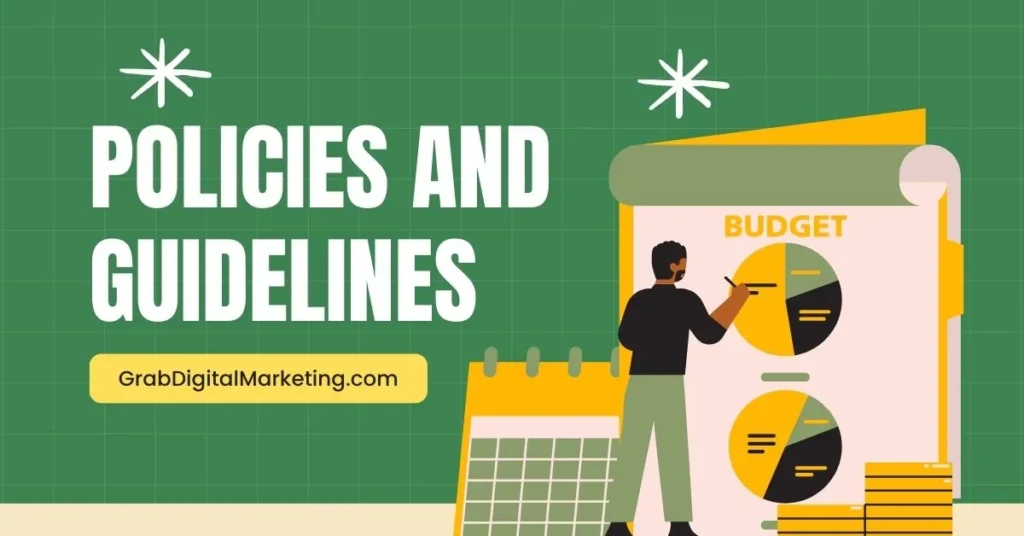
Google AdSense has clear policies and guidelines that every website owner must follow to use the platform successfully and keep their account in good standing. Here’s a simple breakdown of the key points:
- Content Rules: Your website content must be original, high-quality, and family-friendly. Google does not allow ads on sites with adult material, violence, hate speech, illegal activities, or other inappropriate content. Even linking to such content is not permitted. It’s important to keep your site safe and clean for all audiences.
- Ad Placement: Ads should be placed thoughtfully to avoid annoying or misleading visitors. For example, you can’t place ads where people might click on them by accident, such as pop-ups or disguised ads. Ads must be clearly labeled as advertisements, and you can only use labels like “Ads” or “Sponsored Links.” Overloading your site with ads or encouraging people to click them is not allowed.
- Invalid Clicks and Impressions: You should never click your ads or use any tricks to artificially increase clicks or views. Google wants clicks to come from genuine visitor interest only. Any attempt to manipulate ad traffic can result in your account being disabled.
Earnings and Payment
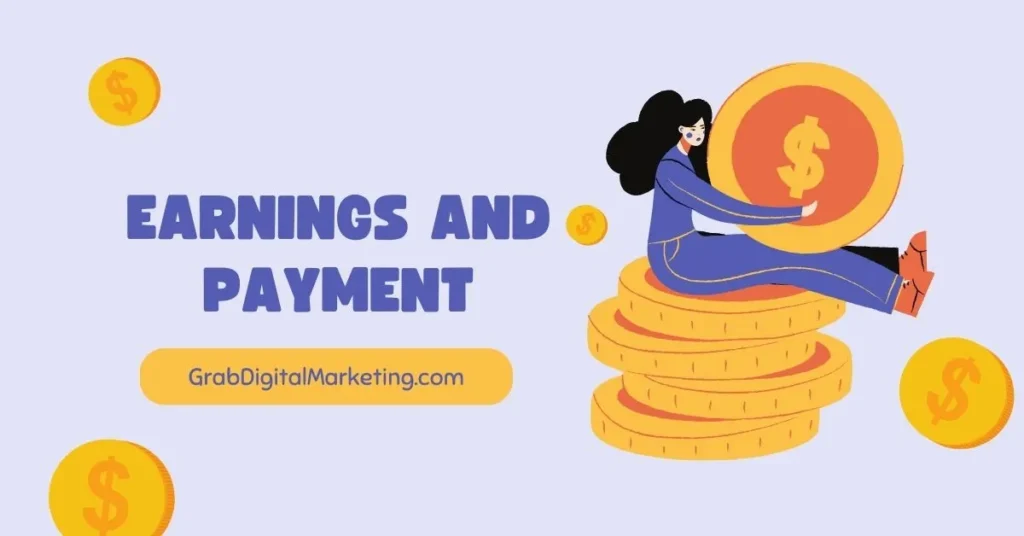
- How much money you make with Google AdSense depends on things like how many visitors come to your site, how interested they are, and how much advertisers are willing to pay for ads. You earn money when people click on ads or when ads are shown a certain number of times.
- To earn more, focus on creating great content, placing ads in spots where visitors will notice them, and targeting specific topics or audiences. Google pays you once your earnings reach a minimum amount, usually $100. Payments are made monthly around the 21st, and you can receive money through bank transfer, check, or wire transfer, depending on your location.
- To get your payments without delay, make sure to follow Google’s rules and keep your payment information accurate. If Google finds any invalid clicks or policy problems, it might subtract those amounts from your earnings.
Challenges and Best Practices
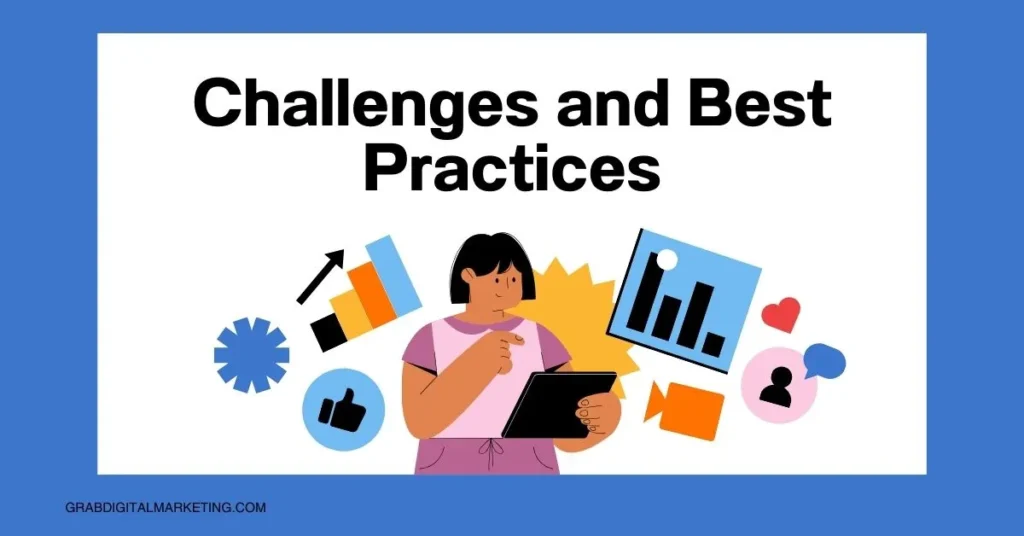
- Using Google AdSense can be a great way to earn money, but it does come with some challenges. For example, if you have a small website or are just starting, your earnings might be low at first because it depends on how many visitors you get and how they interact with your ads.
- It’s also important to find the right spots for your ads—places where they’ll get noticed but won’t annoy or distract your visitors. Another challenge is making sure your ads and website look good and work properly on all devices, especially mobile phones, since many people browse the web on their phones.
- Following Google’s rules is very important. If you break any of their policies, you might get warnings or even lose your AdSense account, which means you could lose your earnings.
Alternatives to Google AdSense
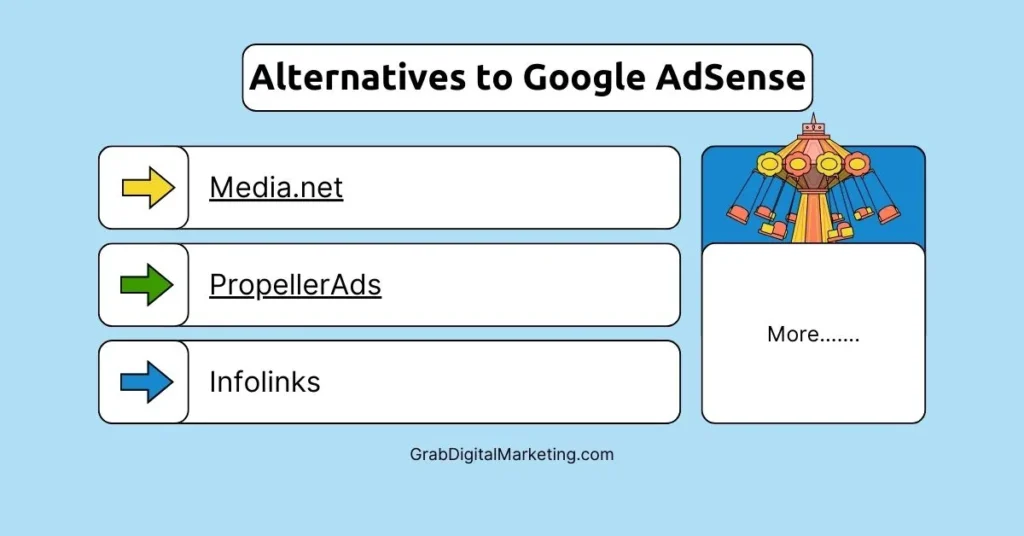
There are several alternatives to Google AdSense that publishers can consider, including:
- Media.net: Yahoo and Bing’s ad network, similar to AdSense.
- Amazon Native Shopping Ads: Ads for products on Amazon.
- AdThrive: A premium ad network for high-traffic sites.
- Ezoic: Uses AI to optimize ad placements for better earnings.
Conclusion
In conclusion, Google AdSense is a powerful and popular tool for monetizing websites through targeted advertising. By understanding its workings, benefits, challenges, and best practices, publishers can maximize their ad revenue while ensuring a positive experience for their visitors.

